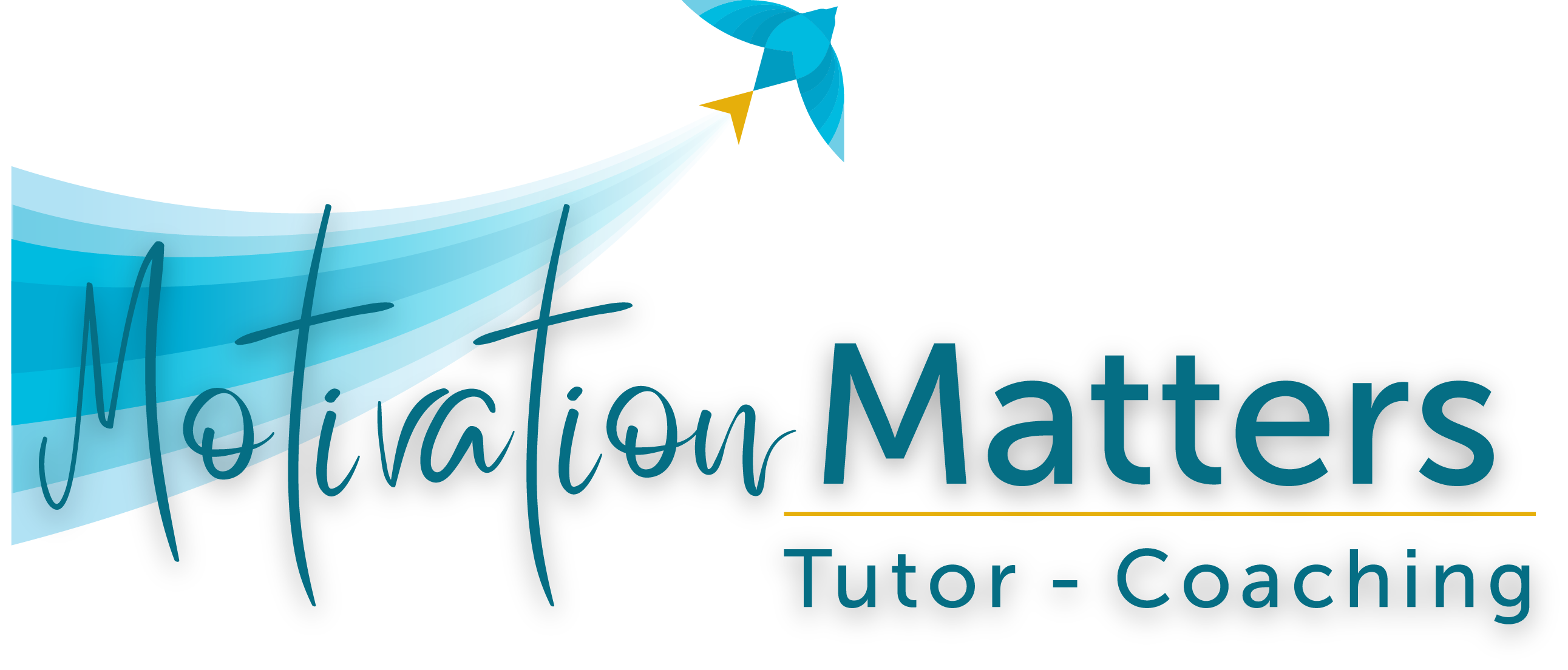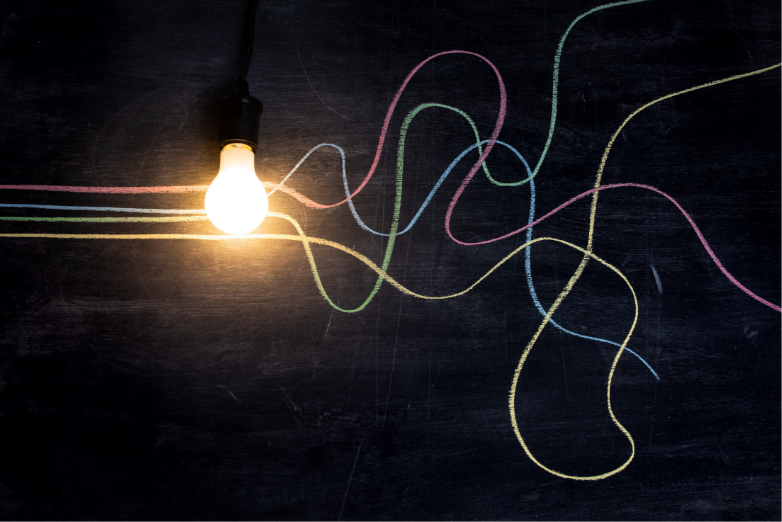Imagine two trains going in opposite directions. (Rest easy! This is NOT a math problem!)
You’re the passenger. You can’t be on both trains at one time. You’ll have to choose. Both destinations are attractive. You want to visit each one, but you can’t be in two places at once. You can, however, plan to take one trip now and another in the future.
Those two trains never cross paths because they’re on separate tracks. But they do come side-by-side at the train station. That’s where they aren’t in movement, they’re waiting for you to board, and won’t leave until you decide to depart. The doors are open. All you have to do is decide which one to go on.
The destination of one train is the place where problems get solved. It’s called critical thinking. It takes you to two main attractions: solving problems that have a right answer and making decisions that are the best choice. So, like the essential term within it, it depends on your inner critic to set up criteria and judge all you’re thinking.
The other destination is named creativity. Here new, untried innovations await. This is a frontier station that takes you to unseen venues and possibilities. Once there, you’ll have unlimited places to visit. It’s a real-life fantasy land of untried opportunities.
You have to pack differently for each trip. Critical thinking — where you’ll do a lot of problem solving — requires analysis. You have to define the issue, see the goal, and be prepared to eliminate all that doesn’t match your objective.
Creativity, on the other hand, requires lighter gear. You’ll need a little sense of wonder. Each establishment in this land holds treasures that are novel for you. So, pack your curiosity, openness to adventure, and willingness to try on new-ness.
Let’s take that second train and consider
What Makes Creativity Unique
Creativity is unique. But that’s not because only the talented few have this ability. In truth, creativity is a skill that we all have and we can all develop. Why don’t we? Rules, obligations, deadlines, problems to solve, busyness, goals, right answers, best decisions – all the stuff of our lives push the brain into it’s logical thinking mode. But that doesn’t mean we don’t have the creative gear.
Creativity is all about experimenting, exploring, wondering, synthesizing, and questioning. We all posses those capabilities, but we often lack the opportunity to use them. In addition, we often lack the components, the magical combination of expertise, imagination, and motivation that flips us from logical thinking to creative imagining.
So, if you want to create something new, combine those three. You might even follow the path of Roger Adams who invented Heelys. First, came deep knowledge about skating from a love of the roller skating, family business. Then came his passion for tinkering with technologies and a desire to be happier – the motivation that would open up his thinking. Years later, while people watching on a vacation, he thought there must be a better way to move. What followed? The ah-ha imaginative flash of gliding shoes!
We might not all come up with the Heely, World Wide Web, or Amazon – those innovations that change our entire world. But we all can experience and benefit from everyday creativity, the DIY activity that brings us joy. Be it gardening, cooking, dancing, writing, etc., etc., creativity expands us into the best of who we are. And, it creates more connections to others and the world we live in. Besides, it’s fun!
Time for a definition? Well, that’s totally logical, but not creative! How about a description? Here’s one I particularly like:
“Creativity is the act of turning new and imaginative ideas into reality.Creativity is characterized by the ability to perceive the world in new ways, to find hidden patterns, to make connections between seemingly unrelated phenomena, and to generate solutions. Creativity involves two processes: thinking, then producing. If you have ideas but don’t act on them, you are imaginative but not creative.”
Here’s the final unique part of creativity. The imaginative part, the Eureka moments tap into a different part within our brains. Logical, problem-solving thinking is all about the focused, deliberate, step-by-step, conscious way of thinking. Creativity taps into diffuse thinking. That’s the daydreaming, mind free to wander state that you allow yourself when experiencing nature, relishing the warmth of the sun or hot shower, losing yourself in a beautiful picture or piece of music. Creativity is the nonjudgmental, uncontrolled brain experiences that serve up surprising connections to the mind along with the good feeling rewards.
10 Ways to Get Creative
Creativity is not just a destination. It’s a whole different way of experiencing newness. Once you’ve decided to go there, you have many ways to start the journey and explore the uncharted land once you get there. Here are 10 of my favorites.
Check out this creativity wheel. First, use the white arrows like spinners; move to any method that piques your curiosity. Then, get creative! Feel free to apply any method in any order. You can even combine your favorites.


In the End …
Creativity is a choice to seek out the new and to be mentally freewheeling. It works when there’s no conscious critic critiquing your thoughts. It’s the opposite of critical thinking, which requires sharply focused, logical steps. In short, it’s pure imaginative, diffused thinking.
What gets us to creativity is expertise, motivation, and imagination. We have to start with knowledge about the subject. And, creativity also benefits from knowing about a lot of unrelated things. Then, motivation comes in. To get to new, we’ve got to want to discover it. The desire, the emotions that value the unfocused thinking are the driving energy that gets us there. And finally, there’s the imagination, the skill to generate pictures and words of something unknown, unexperienced, and unrealized before.
There are methods we can use to stimulate and produce those unknown imaginings. But, in the end, creativity is more than the outcomes we gain. It’s a way of thinking, it’s a state of being. It’s a “Eureka!” experience that can charge a moment, change a life, or transform the world!
Don’t miss a single IN-Powering© article!
Sign up for our newsletter to stay up to date on all things MMTC.
Don’t miss a single IN-Powering© article!
Sign up for our newsletter to stay up to date on all things MMTC.


